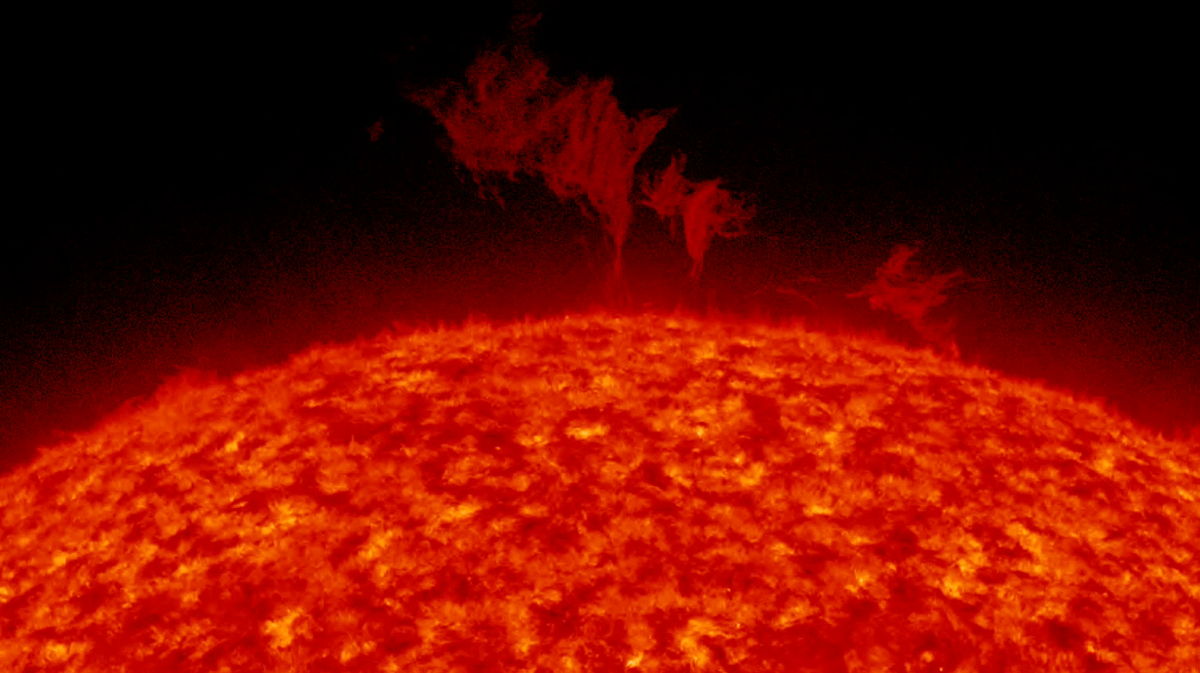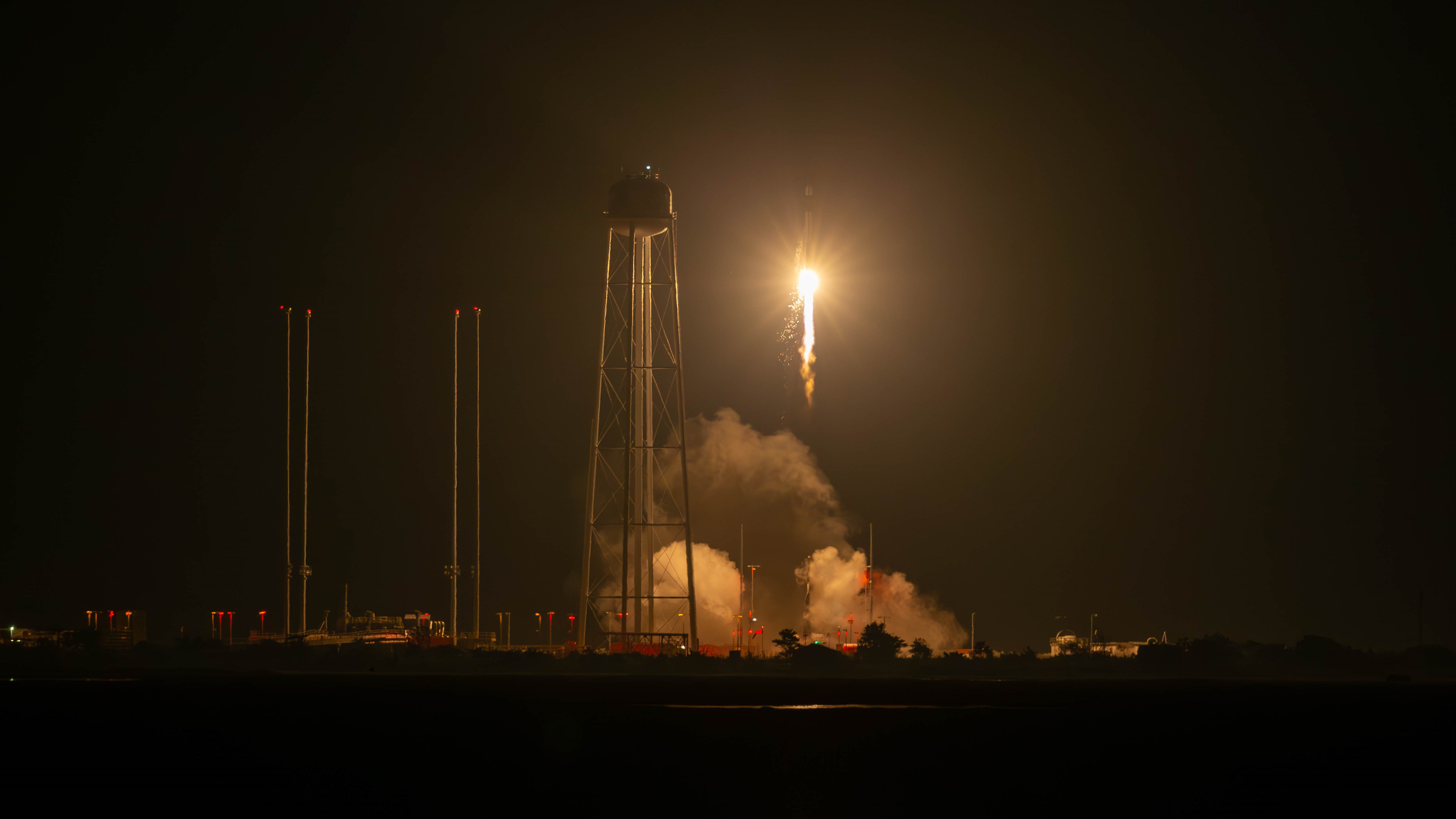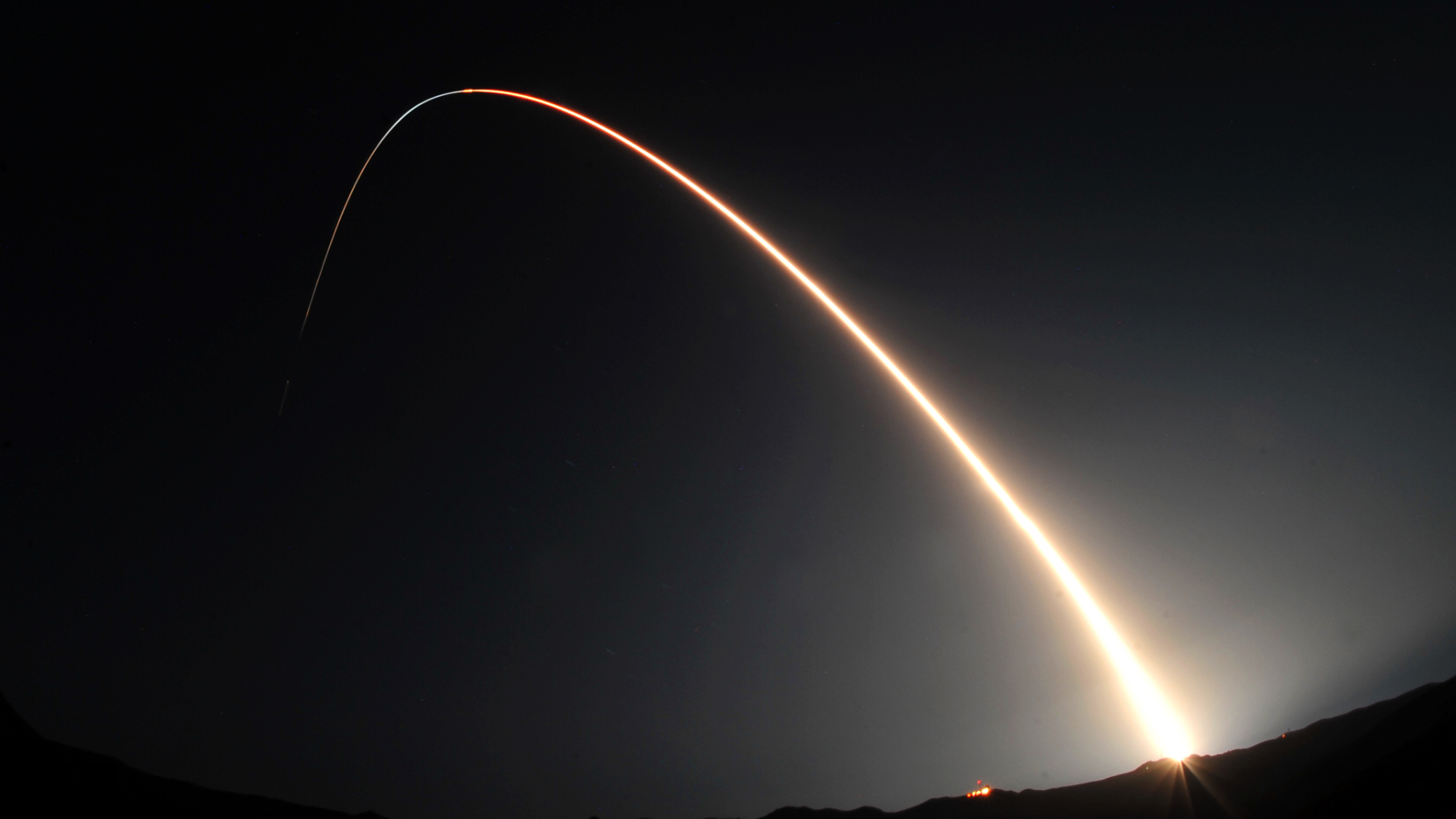JAXA and Toyota's 'Lunar Cruiser' moon rover is now a Transformers toy
The new toy is a crossover between the real space agency's concept and Transformers, the "robots in disguise."
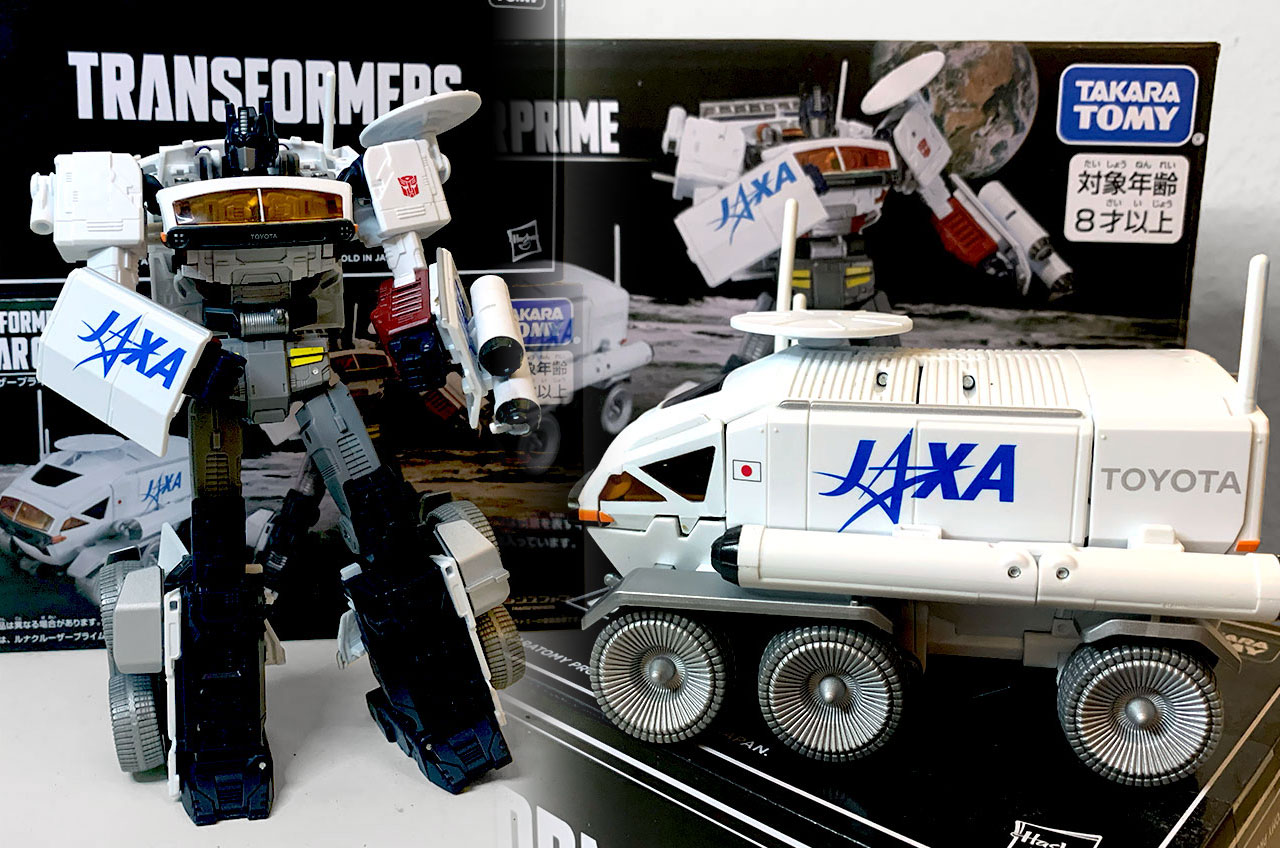
It can now be revealed that Japan's proposal for a future moon rover is "more than meets the eye."
As first announced last June but just now starting to ship, a new scale model of the Japan Aerospace Exploration Agency's (JAXA) Lunar Cruiser not only faithfully reproduces the details of the astronaut transport developed in conjunction with Toyota, but also transforms into Optimus Prime, the leader of the Autobots.
Yes, the new Takara Tomy toy is a crossover between the real agency's concept and Transformers, the "robots in disguise" franchise.
"Bring the ultimate Transformers experience to your collection with the Takara Tomy Transformers Lunar Cruiser Optimus Prime action figure!" reads Habro's Pulse website, the toy company's direct-to-fan online store, which took $75 pre-orders for the Takara Tomy release. "This figure was designed to replicate the appearance of the Lunar Cruiser pre-exhibited in 2019."
Related: Meet 'Lunar Cruiser': Japan's big moon rover for astronauts gets a nickname
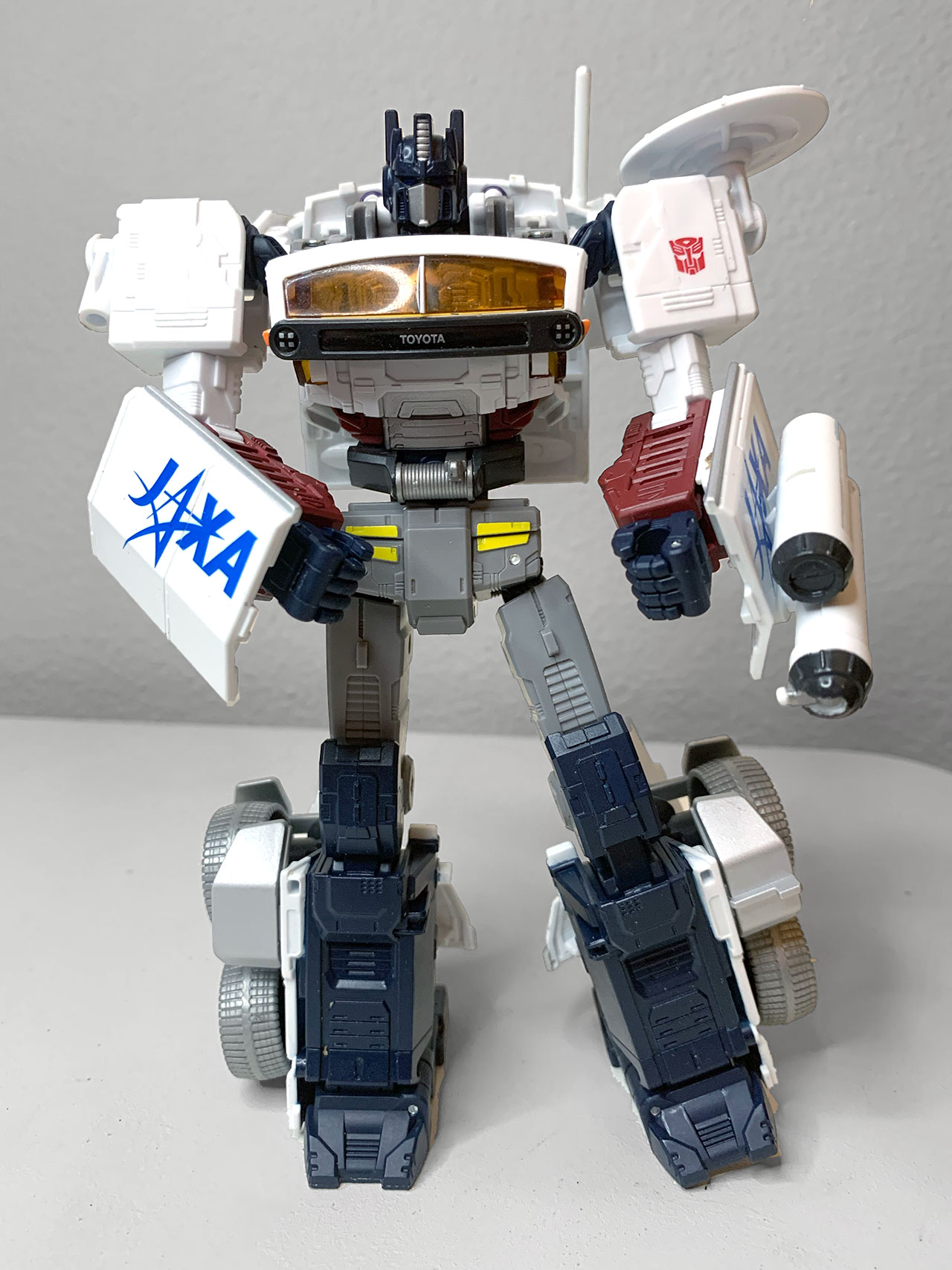
For the past five years, JAXA and Toyota have been advancing research on a vehicle that would enable sustained exploration of the moon's surface. Unlike the historic Apollo lunar rover and the lunar terrain vehicle(s), or LTVs, that NASA is set to announce for the Artemis program, the Lunar Cruiser (named after Toyota's Land Cruiser) is pressurized, allowing it to serve as a camper van for multi-day excursions.
Toyota's contributions to the six-wheeled JAXA rover include its fuel cell, which, in addition to a solar panel, will power the vehicle.
Takara Tomy's model is based on the first version of the Lunar Cruiser, which featured more windows, larger tires and a wider high-gain antenna than a revised concept shown off by JAXA and Toyota in October 2023.

Of course, neither iteration of the proposed rover could unfold to become a red, blue and gray robot. (If unfamiliar, Optimus Prime, or Convoy as he is known in Japan, becomes a semi truck in his original configuration, though he has taken on other vehicles before becoming the Lunar Cruiser.)
It takes about two dozen moves to fold, twist, deploy and snap into place the fully articulated robot form of the model (or in reverse, back into the rover). Optimus stands about 7 inches (18 centimeters) tall and is made almost entirely from ABS plastic.
The included solar panel accessory folds in half to become a shield that Optimus Prime can hold or mount to his body. In Lunar Cruiser form, the solar panel can be mounted on the vehicle's side (as JAXA and Toyota plan) or stored inside by lifting open the rover's hatchback.

The Transformers Lunar Cruiser Optimus Prime is not the only time Transformers has crossed over with space exploration, both on screen and in real life.
In the original 1980s cartoon, Astrotrain was an evil Decepticon who could turn into both a train's engine and a space shuttle. In one episode, he transported Megatron, the leader of the Decepticons, to the moon, where they ultimately faced off with Optimus and the Autobots.
Later, Hasbro and Takara Tomy introduced Galaxy Shuttle, an Autobot that could transform into the Orion winged orbiter, and Sky Lynx, which went from a bird-like creature (or "dino-bird") to a space shuttle complete with a NASA logo on the side of its payload bay.
In "Transformers: Dark of the Moon," the third movie in the Michael Bay series, released in 2011, the plot revolves around a piece of technology that crashed on the moon in the 1960s, re-writing the history of NASA's Apollo 11 mission. The film was partially shot at NASA's Kennedy Space Center in Florida and included scenes filmed inside the Vehicle Assembly Building and on Pad 39A with the space shuttle Discovery.
Apollo 11 astronaut Buzz Aldrin had a cameo in "Dark of the Moon," where he is seen meeting Optimus Prime. Later, the actor who gave voice to the character, Peter Cullen, recorded several videos for NASA, including an introduction to the agency's television channel, a video celebrating the 40th anniversary of the Apollo program and an overview of the James Webb Space Telescope.
Most recently, when Japan landed its first probe on the moon in January of this year, the Smart Lander for Investigating Moon, or SLIM, deployed a compact rover designed by Takara Tomy. The Sora-Q robot changed its shape from a sphere to expose its cameras and ultilize its two hemispheres as wheels.
Prior to the historic lunar touchdown, Takara Tomy released a toy version of Sora-Q, which like the real rover on the moon, was also capable of transforming.
Follow collectSPACE.com on Facebook and on Twitter at @collectSPACE. Copyright 2024 collectSPACE.com. All rights reserved.
Get the Space.com Newsletter
Breaking space news, the latest updates on rocket launches, skywatching events and more!
Join our Space Forums to keep talking space on the latest missions, night sky and more! And if you have a news tip, correction or comment, let us know at: community@space.com.

Robert Pearlman is a space historian, journalist and the founder and editor of collectSPACE.com, a daily news publication and community devoted to space history with a particular focus on how and where space exploration intersects with pop culture. Pearlman is also a contributing writer for Space.com and co-author of "Space Stations: The Art, Science, and Reality of Working in Space” published by Smithsonian Books in 2018.In 2009, he was inducted into the U.S. Space Camp Hall of Fame in Huntsville, Alabama. In 2021, he was honored by the American Astronautical Society with the Ordway Award for Sustained Excellence in Spaceflight History. In 2023, the National Space Club Florida Committee recognized Pearlman with the Kolcum News and Communications Award for excellence in telling the space story along the Space Coast and throughout the world.





